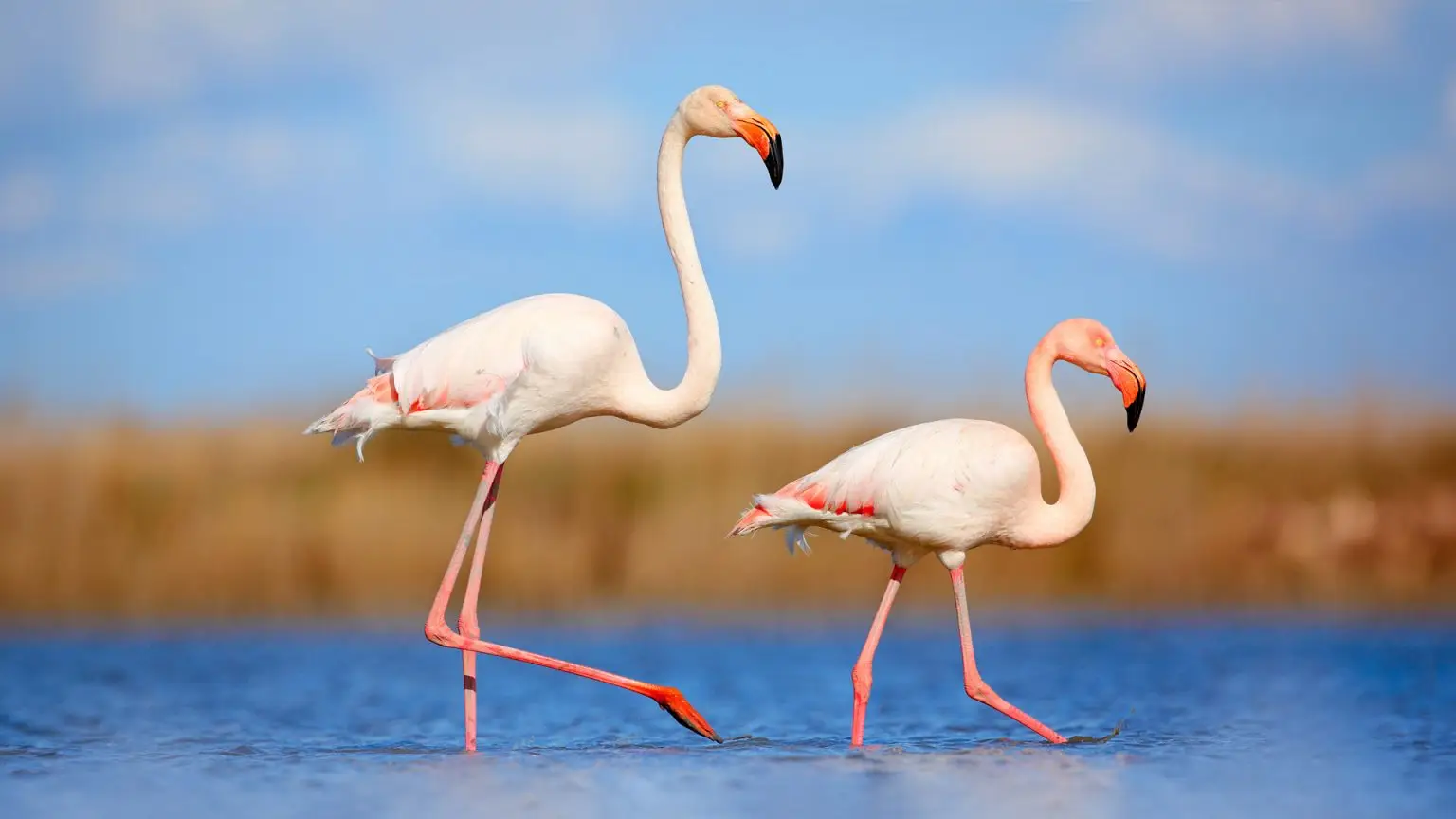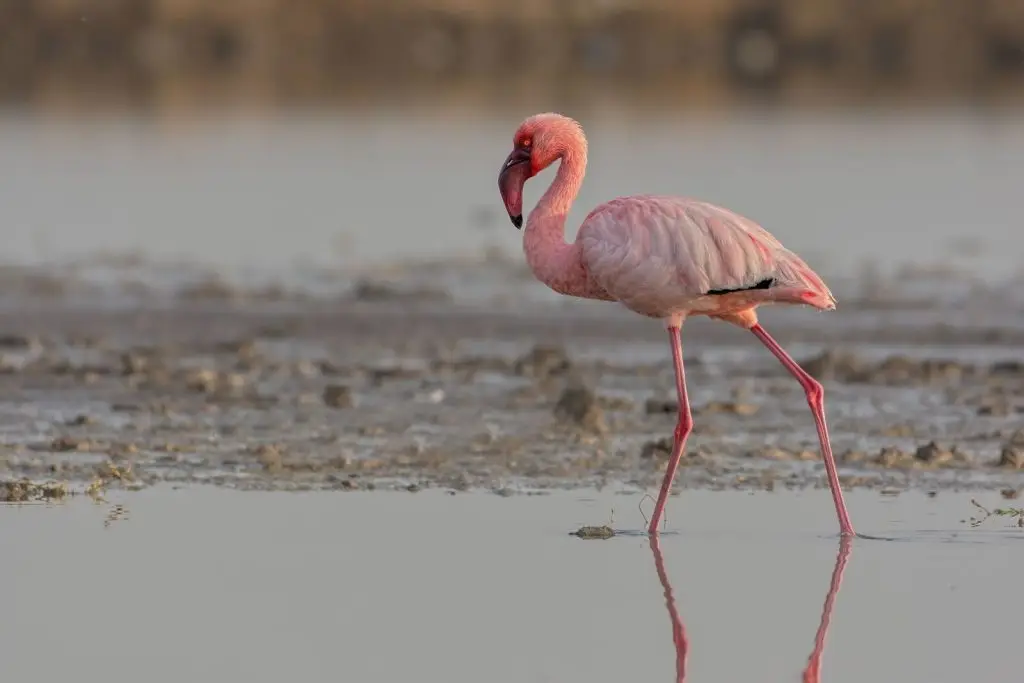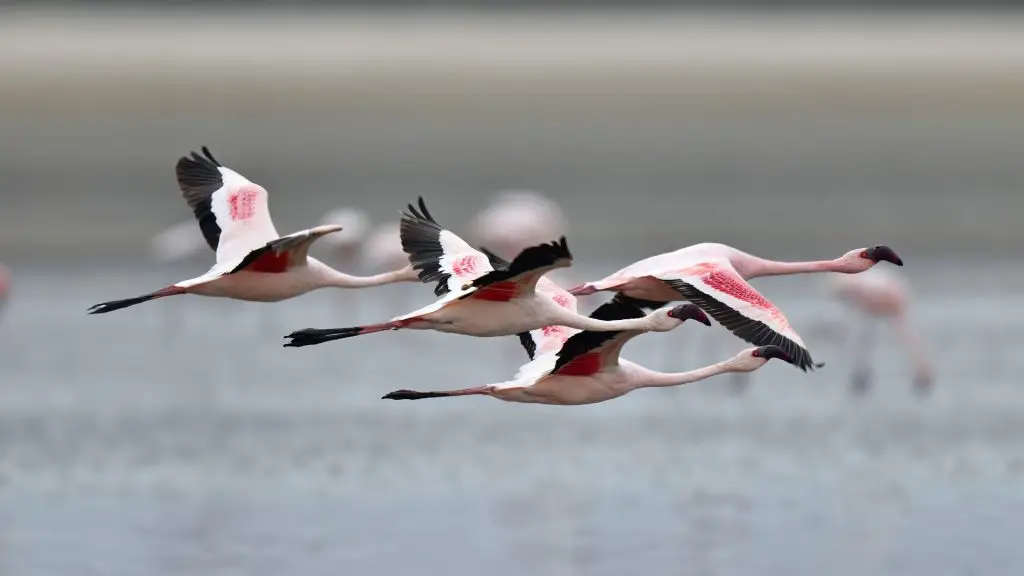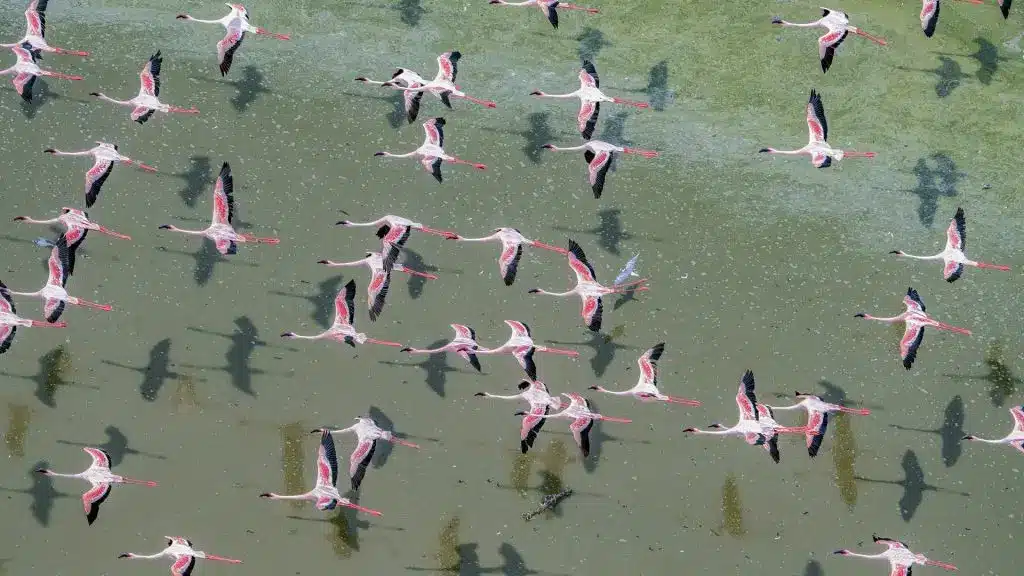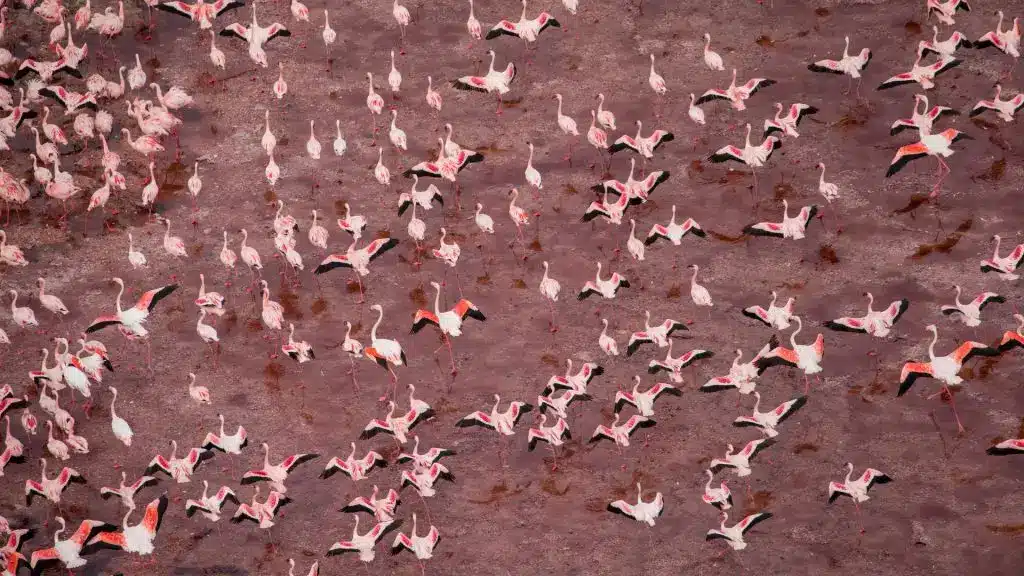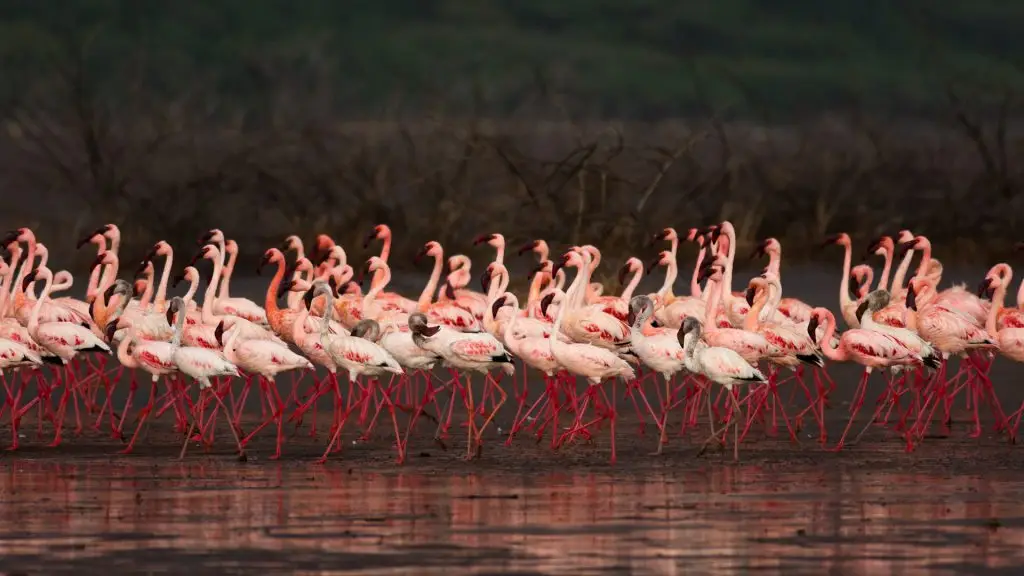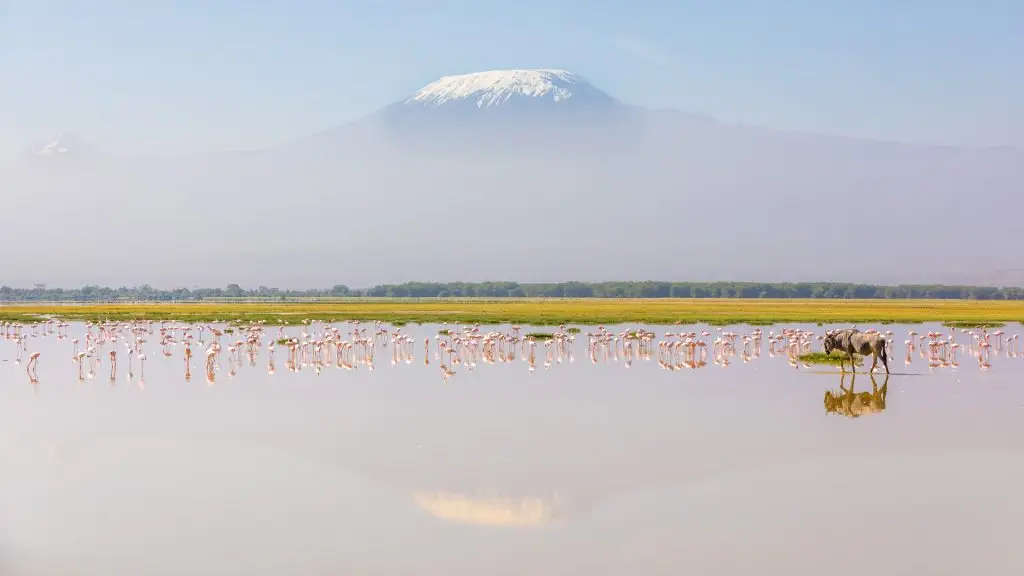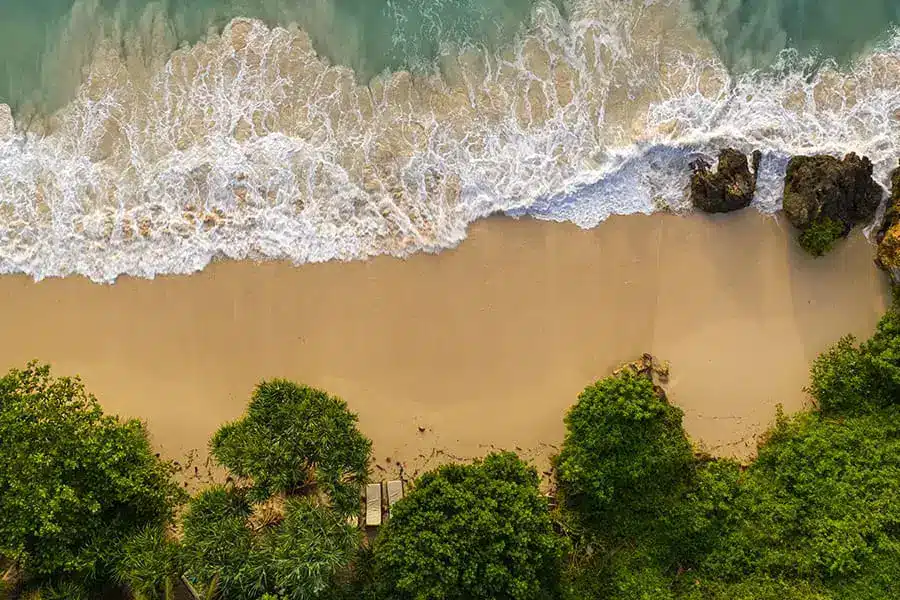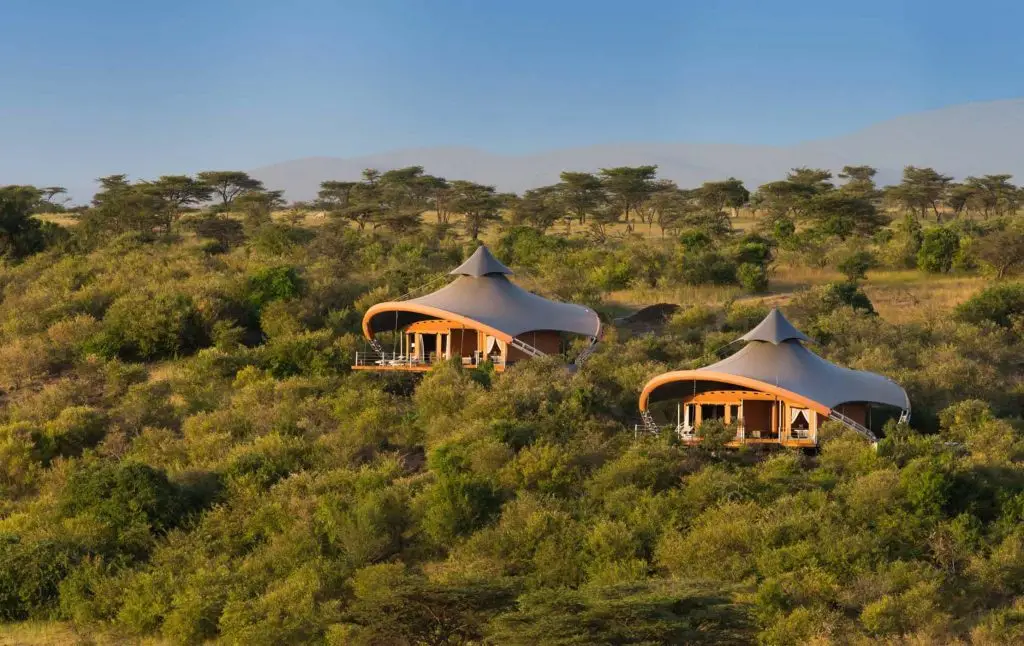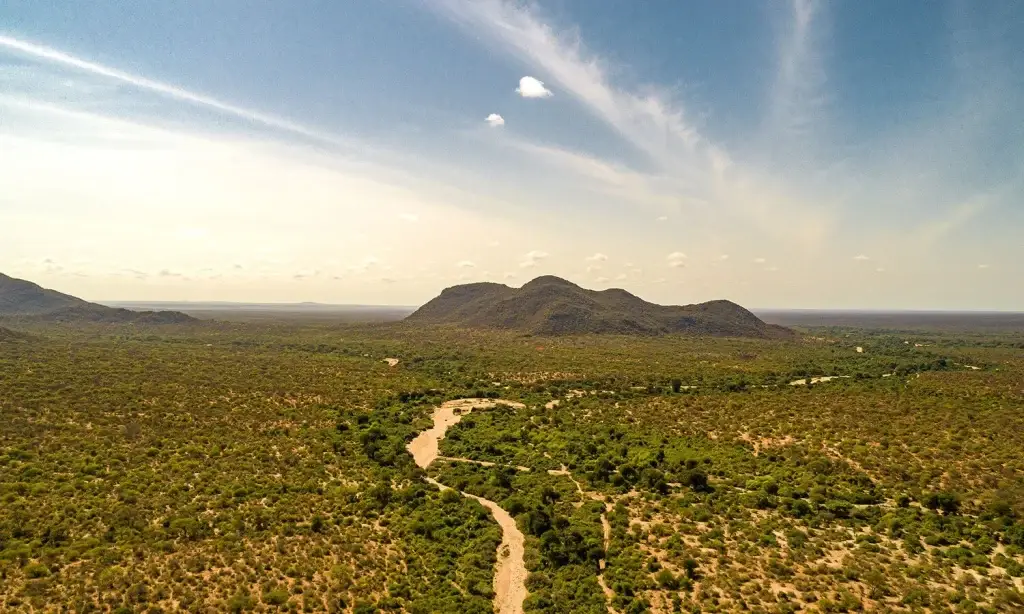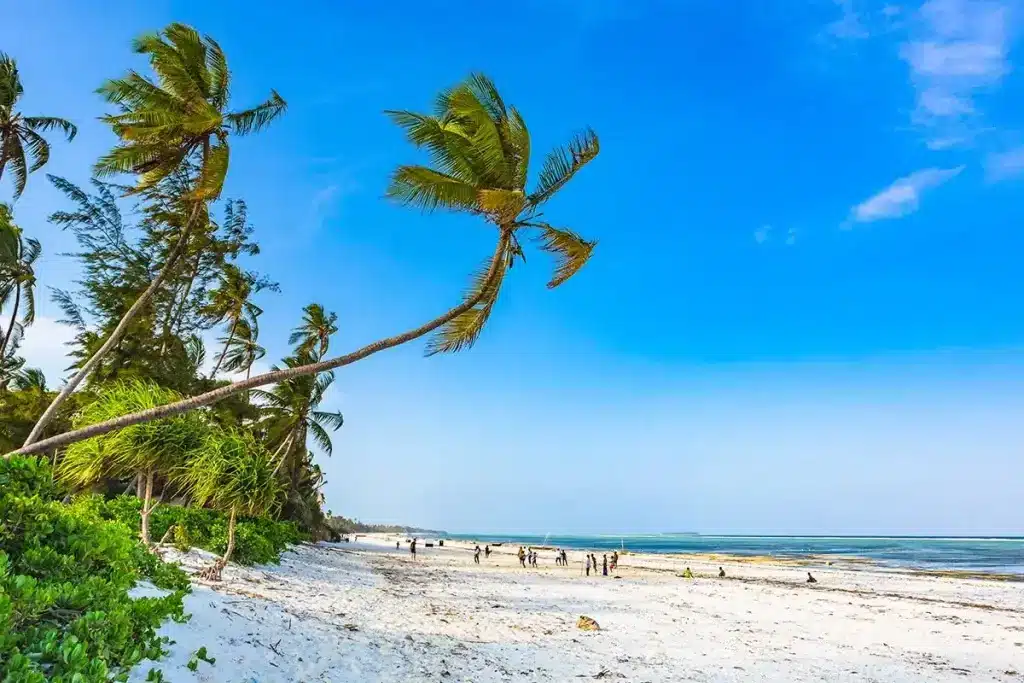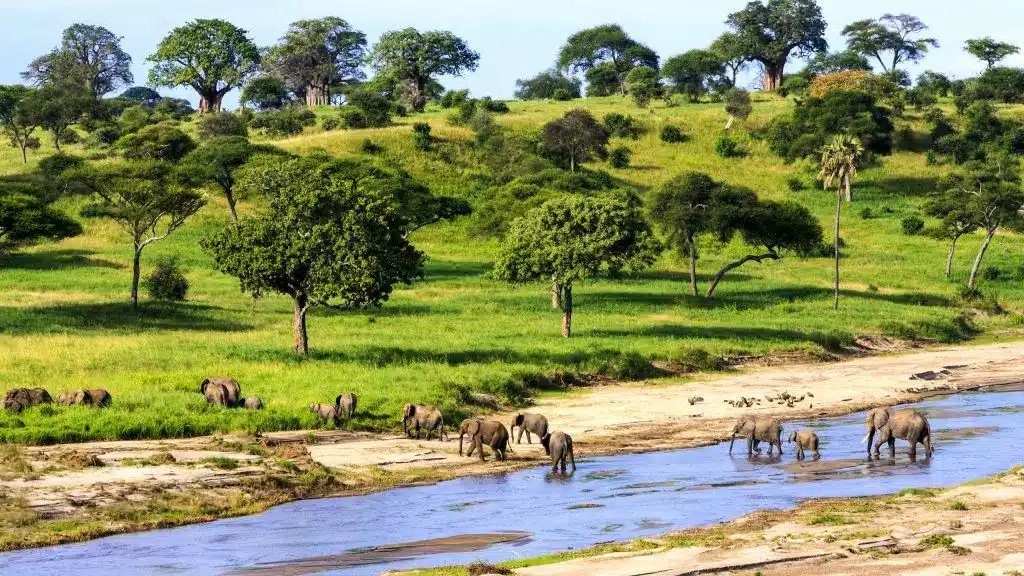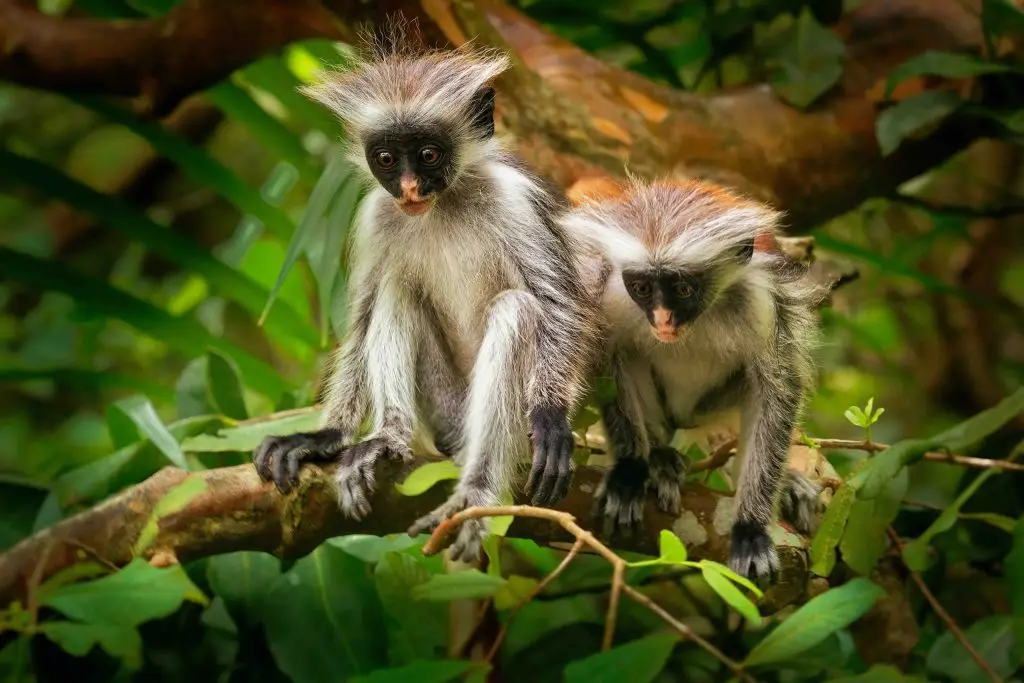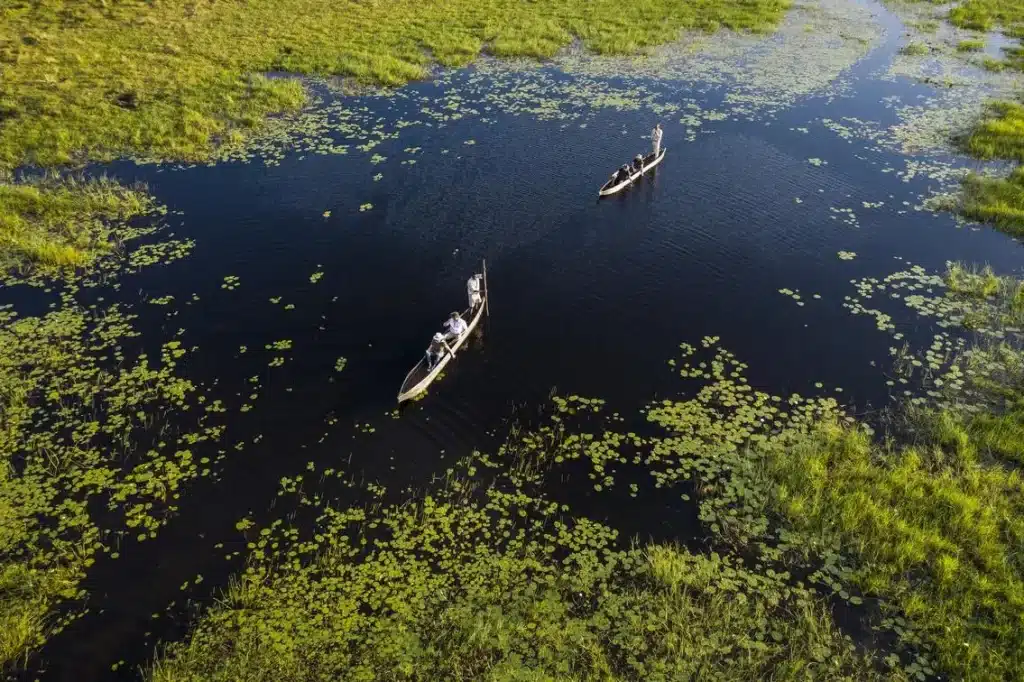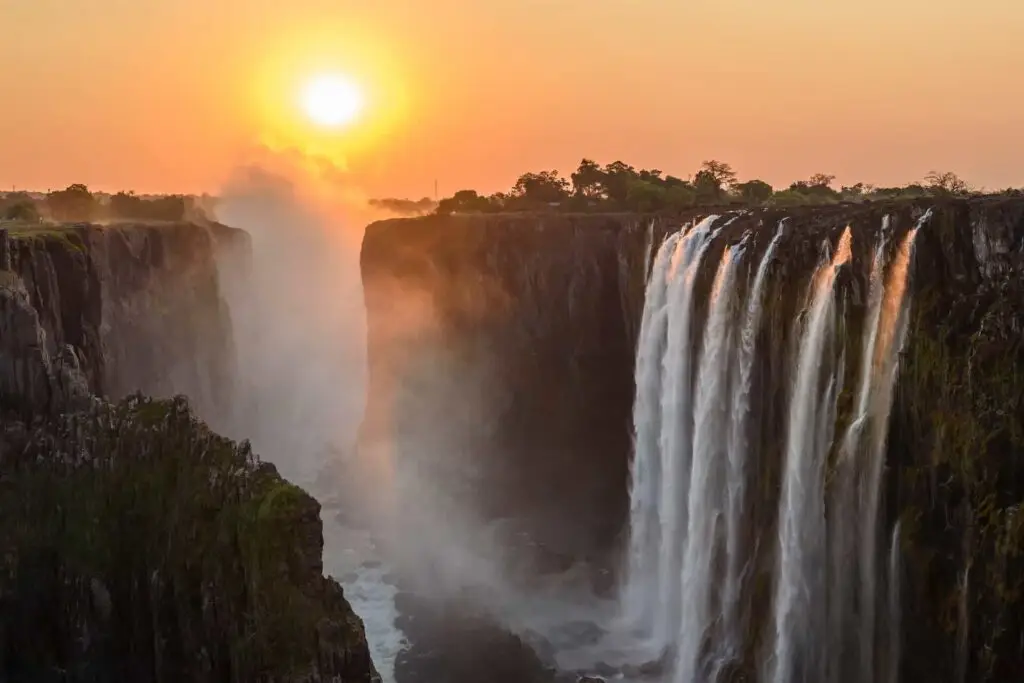The Majestic African Flamingos are among the most iconic and striking birds to inhabit the diverse landscapes of East Africa. Known for their vibrant pink color and graceful posture, flamingos not only captivate birdwatchers and nature enthusiasts but also play a crucial role in the ecosystems of the region. East Africa, with its unique combination of saline lakes and vast wetlands, serves as a sanctuary for these magnificent creatures, offering them the perfect environment to thrive.
In this blog, we’ll dive into the fascinating world of African flamingos, focusing on their habitats in East Africa. From the salt crusted shores of Lake Nakuru in Kenya to the algae rich waters of Lake Natron in Tanzania, East Africa is home to some of the most significant flamingo populations in the world. Whether it’s their migratory patterns, breeding behavior, or their place in the local ecosystem, flamingos are an integral part of the region’s natural heritage.
African Flamingos Species
In East Africa, two species of flamingos dominate the birdwatching scene, the Greater Flamingo and the Lesser Flamingo. Each species exhibits unique physical traits, feeding behaviors, and migration patterns, yet both contribute significantly to the region’s birdlife.
The Greater Flamingo
The Greater Flamingo is the largest of the two species and can be easily recognized by its striking pink plumage and long, slender neck. They can stand up to 5 feet tall and have a wingspan of nearly 5.5 feet. The coloration of their feathers varies from pale pink to bright coral depending on the bird’s diet, which is primarily made up of algae, crustaceans, and mollusks found in saline lakes.
Greater Flamingos are often seen in larger flocks, especially during the breeding season, and they prefer deeper water areas than the Lesser Flamingo. Their distinctive curved bills help them filter feed while standing in the shallow waters of lakes. Although they migrate to different locations based on food availability, some populations are known to remain in East Africa year round, particularly in places like Lake Nakuru and Lake Victoria.
The Lesser Flamingo
Smaller in size, the Lesser Flamingo is the more abundant of the two species in East Africa and is often seen in vast numbers along the shores of alkaline lakes. Standing at about 3.5 feet tall, they have a darker pink or reddish hue, which becomes more vivid as they age. Their compact size and deeper red color make them distinct from their larger cousins.
Lesser Flamingos are particularly attracted to the highly alkaline lakes of East Africa, such as Lake Natron in Tanzania, where the water conditions are ideal for the cyanobacteria they feed on. Their specially adapted, downward curved bill allows them to extract the microscopic algae and bacteria they consume. Unlike Greater Flamingos, Lesser Flamingos are highly dependent on specific conditions, and their populations are more susceptible to changes in water levels and salinity.
While they may migrate between breeding and feeding areas, Lesser Flamingos often return to the same sites each year, with Lake Natron being a key breeding ground for many of these birds.
Key Flamingo Habitats in East Africa
East Africa is home to some of the most important flamingo habitats in the world, with several saline and alkaline lakes offering the perfect conditions for these birds to thrive. The region’s unique combination of weather, lake chemistry, and available food sources makes it an ideal environment for both the Greater and Lesser Flamingos. Let’s explore the key flamingo habitats across East Africa where these majestic birds are frequently spotted.
Lake Nakuru (Kenya)
Located in Kenya’s Lake Nakuru National Park, this alkaline lake is one of the most famous flamingo habitats in East Africa. The lake is a critical stop for flamingos during their migratory journey, particularly during the dry season when the water levels are lower, and the lake is teeming with algae and brine flies, the primary food sources for flamingos. While both Greater and Lesser Flamingos are commonly seen at Lake Nakuru, the population fluctuates with seasonal changes and the availability of food. The area around the lake is protected as part of the national park, ensuring the birds have a safe breeding and feeding ground.
Lake Natron (Tanzania)
Lake Natron in Northern Tanzania is perhaps the most vital flamingo breeding ground in East Africa, especially for the Lesser Flamingo. This highly alkaline lake, situated near the base of Mount Oldoinyo Lengai, provides an ideal breeding environment because of its remote and harsh conditions, which make it less accessible to predators. The lake’s alkaline waters are rich in cyanobacteria, which serves as the primary food source for the flamingos. Each year, thousands of flamingos gather at the lake to breed, creating an unforgettable sight. The area around Lake Natron is relatively untouched, preserving the natural habitat for these birds.
Lake Bogoria (Kenya)
Situated in Kenya’s Rift Valley, Lake Bogoria is another key flamingo habitat, known for its soda rich waters and geysers that dot the landscape. This lake attracts large flocks of flamingos, especially during the wet season, when algae blooms in the water. The lake is a significant stopover for flamingos traveling between other East African lakes, and its remote location provides a relatively undisturbed environment for the birds to feed and rest. The lake’s shallow waters are perfect for flamingos to forage, and its volcanic springs provide a unique backdrop for birdwatchers.
Lake Victoria (Kenya, Uganda, Tanzania)
As the largest lake in Africa, Lake Victoria spans three countries (Kenya, Uganda, and Tanzania) and is another important flamingo habitat. Though it’s not as heavily populated by flamingos as other more saline lakes, it still attracts a significant number of both Greater and Lesser Flamingos, particularly in the bays along the shoreline. The lake’s numerous islands and remote shores offer feeding and nesting opportunities for flamingos. However, the declining water quality and pollution around the lake pose a threat to flamingo populations, making conservation efforts crucial for sustaining the birds’ presence in the area.
Ngorongoro Crater (Tanzania)
The Ngorongoro Crater, a UNESCO World Heritage site, offers a stunning setting for flamingos. The crater contains a small, alkaline lake that provides a rich feeding ground for flamingos, especially during the wet season. The lake attracts large flocks of Lesser Flamingos, who forage on the algae and brine shrimp in the shallow waters. The crater’s relatively stable environment, with minimal human interference, ensures that flamingos have a safe haven for feeding and resting. Visitors to the Ngorongoro Crater can often spot flamingos in the lake, creating an iconic scene within this remarkable ecosystem.
Why East Africa is a Flamingo Haven
East Africa’s unique geographical features and environmental conditions make it an ideal haven for flamingos. The region’s vast and varied landscapes, ranging from volcanic craters to saline lakes, create the perfect habitat for both Greater and Lesser Flamingos. Here’s why East Africa stands out as a flamingo paradise:
The Ideal Water Chemistry
One of the most significant factors that make East Africa a flamingo haven is the abundance of alkaline and soda lakes in the region. Flamingos are highly specialized birds that thrive in high alkaline environments, where they can find the microorganisms that form the basis of their diet. Lakes like Lake Nakuru, Lake Natron, Lake Bogoria, and others in the region have water that is high in salinity and alkalinity, which supports the growth of algae and cyanobacteria, the primary food source for flamingos. The high pH levels in these lakes make them inhospitable to most other species but provide the perfect conditions for flamingos to feed and breed.
Abundant Food Sources
Flamingos are filter feeders, and they rely on vast quantities of microscopic organisms such as algae, cyanobacteria, brine flies, and small crustaceans that thrive in the saline waters of East Africa’s lakes. These lakes, particularly those like Lake Natron, offer an abundance of food, which supports not only large flocks of flamingos but also allows them to remain in the region for long periods, even year round in some cases. The concentration of food sources makes it possible for flamingos to sustain large populations in East African lakes.
Safe and Remote Breeding Grounds
East Africa’s lakes offer a level of remoteness and protection that is ideal for flamingos, especially during breeding seasons. For example, Lake Natron in Tanzania is one of the few places on Earth where flamingos can breed without the threat of predators. The harsh conditions around the lake, such as its high alkalinity and lack of human presence, provide a natural barrier against predation. This makes the region a prime location for flamingos to lay their eggs and raise their young in peace, ensuring the survival of future generations.
Stable Weather and Climate
The climate in East Africa is another key factor that makes the region suitable for flamingos. The temperate weather conditions, with warm temperatures and predictable seasonal patterns, support a stable environment for flamingos to thrive. The annual wet and dry seasons in the region are critical for flamingo migration and feeding. During the wet season, increased rainfall creates conditions for algae blooms, which attract flamingos to feed in vast numbers. On the other hand, the dry season helps concentrate food sources, leading to larger flocks of flamingos gathering around the remaining water bodies.
Protected Conservation Areas
East Africa boasts several protected national parks and conservancies, such as Lake Nakuru National Park, Lake Bogoria National Reserve, and the Ngorongoro Conservation Area, that safeguard flamingo habitats. These protected areas ensure that flamingos have a safe environment to feed, breed, and migrate without the threats of over exploitation, poaching, or habitat destruction. Conservation efforts in these areas have been instrumental in maintaining stable flamingo populations, contributing to the region’s status as a flamingo haven.
Opportunities for Birdwatching and Ecotourism
Flamingos are not just crucial to East Africa’s ecosystems, they also play an important role in the region’s ecotourism industry. Birdwatching enthusiasts flock to East Africa from all over the world to witness the spectacular sight of flamingos in their natural habitats. This not only boosts the local economy but also raises awareness of the need to conserve these incredible birds and their habitats. The presence of flamingos has, in turn, encouraged greater protection and sustainable management of their habitats, benefiting both the birds and local communities.
Flamingo Migration and Breeding Patterns
Flamingos in East Africa are highly nomadic, moving from one lake to another in search of favorable feeding and breeding conditions. Their movements are largely influenced by seasonal changes, water levels, and food availability rather than long distance migration across continents.
Migration Patterns
During the wet season, when freshwater dilutes the salinity of some lakes, flamingos often move to more alkaline lakes where food remains abundant. Conversely, during the dry season, as water levels drop and algae concentrations rise, massive flocks gather at lakes like Lake Nakuru, Lake Bogoria, and Lake Natron. These movements are not rigid; flamingos are opportunistic and will shift to new areas if conditions change rapidly, such as due to flooding or drought.
Breeding Patterns
The Lesser Flamingo, in particular, has a highly specialized breeding behavior. Their primary breeding ground in East Africa is Lake Natron, where the extreme alkalinity and isolated conditions offer safety from predators. Flamingos build mud nests, small mounds that rise above the shallow water, to lay a single egg.
Breeding occurs during periods of low rainfall, when water levels are stable, and the mudflats are exposed, allowing flamingos to construct their nests without risk of flooding.
Greater Flamingos, though more adaptable, also require shallow, undisturbed waters to breed. They often form large colonies during breeding, where synchronized nesting helps protect the young from potential predators.
The success of flamingo breeding is heavily dependent on environmental stability, making these birds particularly vulnerable to climate shifts and habitat disturbance.
The Role of Flamingos in the Ecosystem
Flamingos are not just beautiful to look at, they are key players in maintaining the health and balance of East African lake ecosystems.
Algae and Bacteria Regulation
By feeding primarily on algae, cyanobacteria, and small aquatic organisms, flamingos help to control the growth of these microorganisms. Without flamingos, certain algae species could grow unchecked, potentially leading to toxic blooms that would harm other aquatic life.
Nutrient Cycling
Flamingos contribute to nutrient recycling within the lakes. Their droppings enrich the shallow waters and muddy lakebeds with nutrients, fostering the growth of more algae and supporting other microorganisms at the base of the food chain.
Indicator Species
Because flamingos are highly sensitive to changes in water quality, food supply, and lake chemistry, their presence (or sudden absence) serves as an early warning system for the health of wetland ecosystems. Conservationists monitor flamingo populations closely to assess the broader ecological health of East African lakes.
Boosting Biodiversity
The presence of flamingos supports a variety of other wildlife, including predators like marabou storks and raptors, as well as scavengers and insect populations that depend on the rich food web created by thriving lake ecosystems.
Threats to Flamingo Populations in East Africa
Despite their resilience, East Africa’s flamingos face numerous threats that could jeopardize their populations in the coming decades.
Habitat Loss
Urbanization, agriculture, and industrial development around critical flamingo lakes, particularly Lake Nakuru and Lake Bogoria, have led to habitat degradation. Water diversion for farming and human consumption reduces lake levels, altering the delicate balance needed for flamingos to survive.
Climate Change
Rising temperatures, unpredictable rainfall, and prolonged droughts directly affect the water chemistry and levels of East Africa’s saline lakes. Droughts can cause lakes to dry up entirely, while flooding dilutes the lakes’ salinity, making them less hospitable to algae and, by extension, to flamingos.
Pollution
Increased pollution from agriculture (fertilizer runoff), mining activities, and urban waste is contaminating lakes. Toxic substances can kill off the algae flamingos depend on, reduce breeding success, and directly harm the birds through contaminated food and water.
Disturbance and Predation
Human disturbance, including unregulated tourism, fishing, and infrastructure projects near breeding grounds, disrupts flamingo nesting and feeding. Disturbance can cause breeding colonies to fail entirely. Moreover, when flamingos are forced to breed in less remote areas due to habitat loss, their eggs and chicks become more vulnerable to predation by animals like jackals, hyenas, and birds of prey.
Disease Outbreaks
Dense congregations of flamingos at shrinking lakes increase the risk of disease outbreaks, such as avian botulism, which can cause mass die offs. Such events have occurred periodically and pose a significant threat to localized populations.
Contact Cheetah Safaris to plan your next adventure
We have an abundance of safari packages that feature Flamingo watching, just simply visit our African Safaris and Tours and find a package that best suits you.
We have great and professional safari experts available and ready to help you design and curate a one-in-a-lifetime safari experience. Fill in Our Contact Form with the details you want or Send us a WhatsApp text to reach us at +254729744244.
Alternatively, contact us online and we will get back to you as soon as possible.
